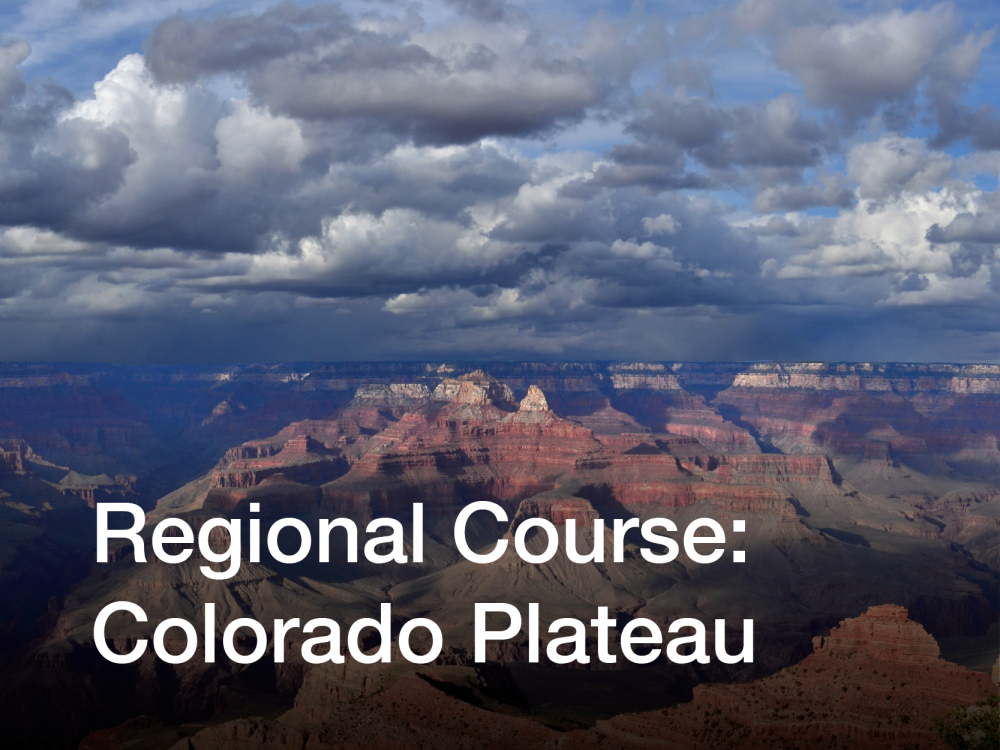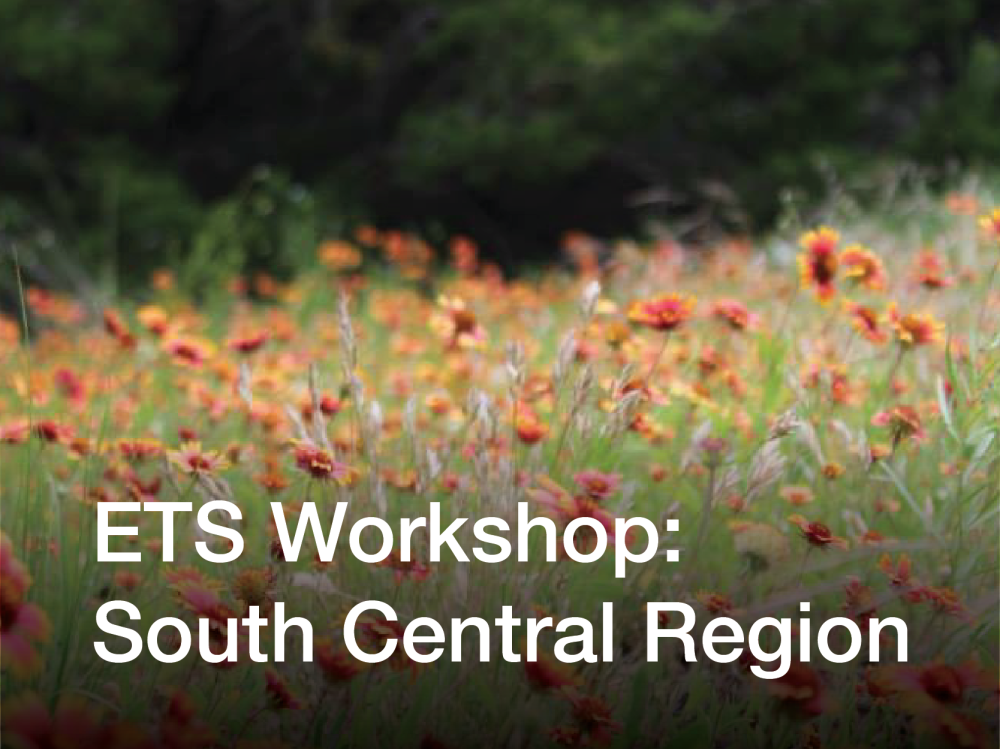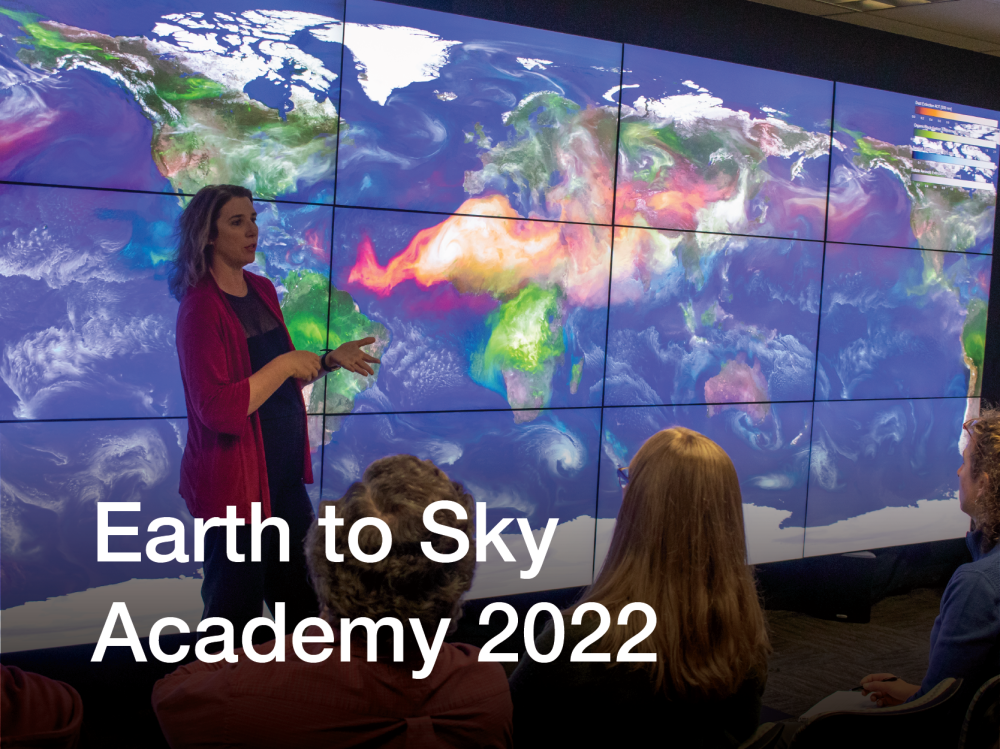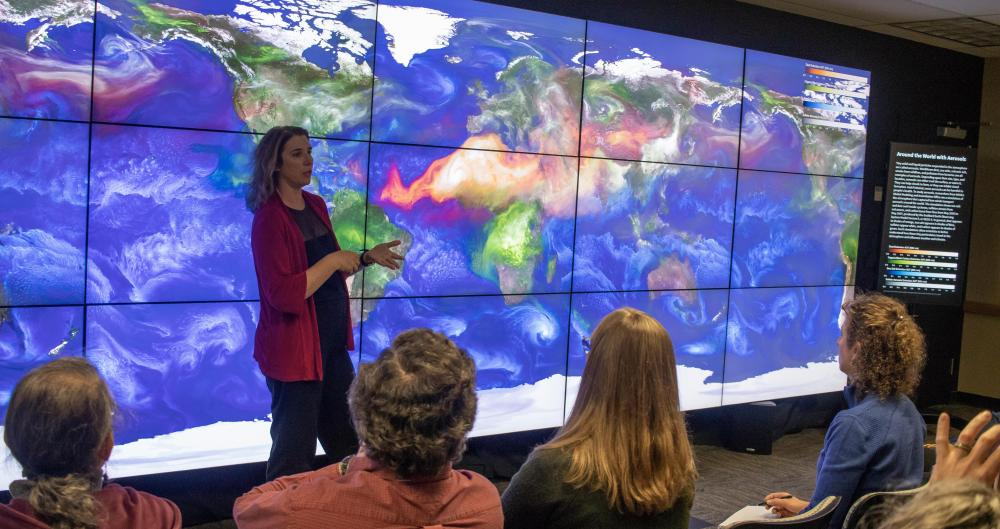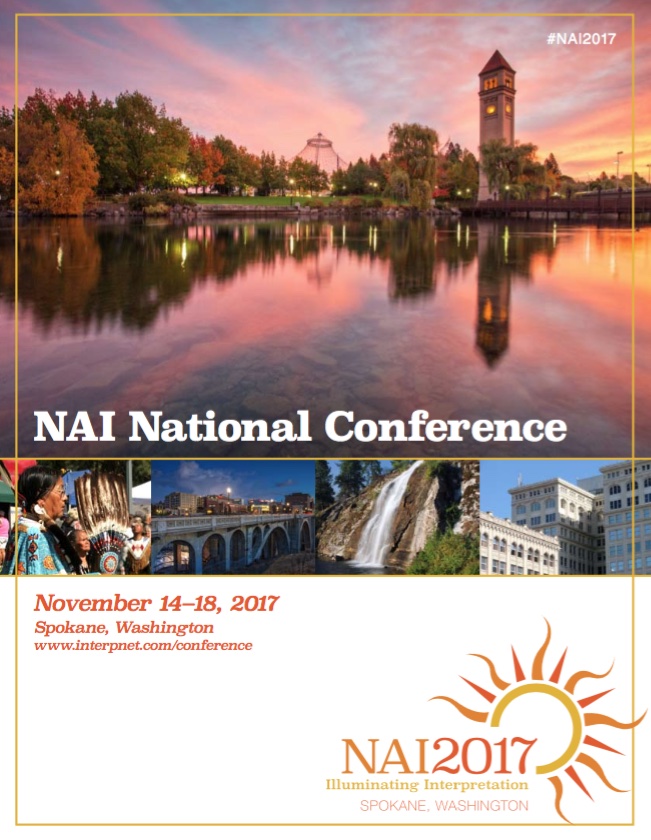- Details

In a decade of rising fires and falling water lines on the Colorado Plateau, interpreters, informal educators, and Tribal professionals are the front lines of communicating climate science and engaging the public in ways that inspire action and hope. This course is designed to deepen participants' understanding of climate science and expand their climate communication and interpretation skills.
 The Horace Albright Training Center at Grand Canyon National Park.
The Horace Albright Training Center at Grand Canyon National Park.
|
- Details
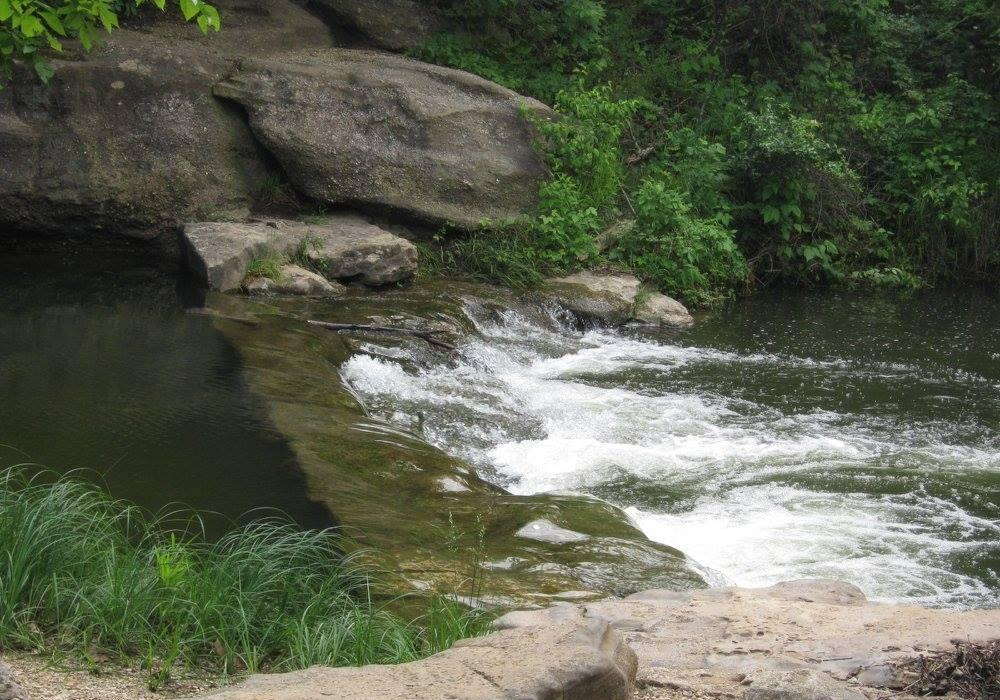 This course will include a field trip to Chickasaw National Recreation Area. (NPS Photo)
This course will include a field trip to Chickasaw National Recreation Area. (NPS Photo)
Join us for three days of training with native informal educators from across the South Central Region who recognize the importance of teaching climate change. Participants are encouraged to apply as teams of 3–5 collaborators (e.g. Tribal environment and education staff). You will work with these teams to develop plans to implement an youth outreach activity in your tribal community!
|
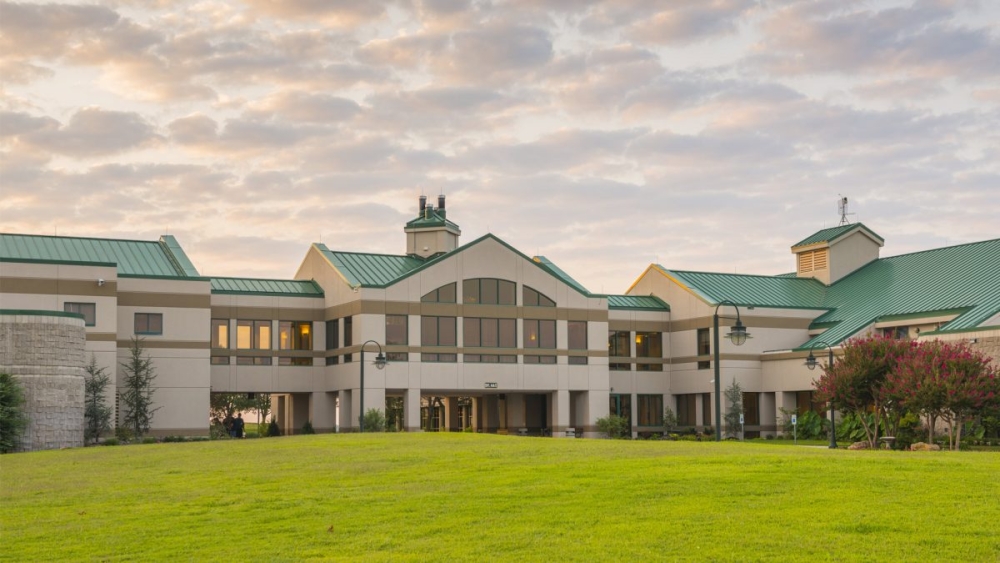 Chickasaw Retreat and Conference Center
Chickasaw Retreat and Conference Center
- NASA Arctic & Earth Signs Training
- NASA Living Landscape Project
- Shar-A-Thon of Youth Activities
- Field Trip to Chickasaw National Recreation Area
Contact This email address is being protected from spambots. You need JavaScript enabled to view it. with questions.
- Details
A tuition-free course for interpreters, informal educators, and science communicators interested in creating and nurturing regional communities of practice focused on improving climate science communication.
- When: October 17–21, 2022
- Where: NASA Goddard Space Flight Center (Greenbelt, MD)
Participant Webpage (Accepted participants only)
The Earth to Sky Academy is intended for teams of experienced informal educators and climate communication leaders who have a strong commitment to furthering climate literacy within their respective regions.
The purpose of the Academy is to train Regional Leaders who will conduct regional Earth to Sky (ETS) courses and nurture their own Earth to Sky Regional Community of Practice. Academy content is based on over 17 years of experience and extensive evaluation of the ETS model. Participants will be supported every step of the way, before, during, and after the course.
- Details
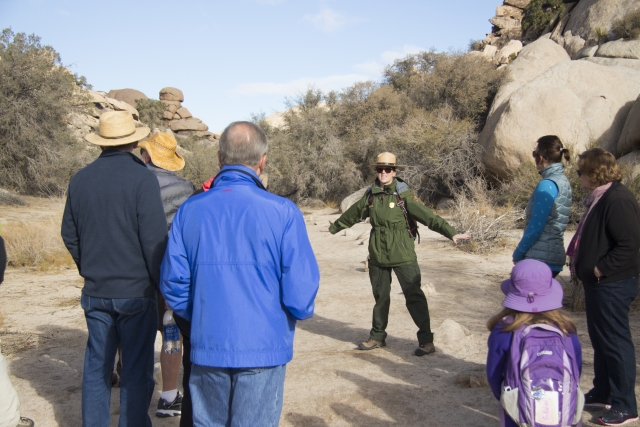 Join Earth to Sky at the National Association for Interpretation 2021 Annual Conference in Palm Springs!
Join Earth to Sky at the National Association for Interpretation 2021 Annual Conference in Palm Springs!
We are partnering with Joshua Tree National Park to offer a highly interactive two-day pre-conference workshop, emphasizing experiential learning in a collegial environment with peers and scientists. We’ll spend our first day at Joshua Tree NP, exploring the science of global climate change through the lens of desert ecosystems. At the park, we will observe climate impacts and engage in a discussion with interpreters and educators about effective techniques and strategies for interpreting climate change in a hopeful way, for a variety of audiences.
- Details

Earth to Sky is partnering with the Guana Tolomato Matanzas National Estuarine Research Reserve (GTM Research Reserve) to provide a two-day pre-conference virtual workshop, November 5-6, 2020. The workshop is offered in association with the National Association for Interpretation 's annual conference.
Registration deadline: 11/01/2020
The highly interactive workshop will emphasize experiential learning in a collegial, resource-rich environment with peers and scientists.
- Details
Our World is Changing - Do you have the tools to stay relevant?
A Two-day pre-conference workshop on climate science and communication at the 2019 National Association for Interpretation National Conference
November 11-12, 2019
Denver, CO

Join us in beautiful Denver, Colorado for this Earth to Sky workshop designed to help you meet the challenges of connecting with visitors on climate change. In our experiential and collaborative learning environment you will learn foundational climate science, engage with scientists and peers, and gain exposure to new technologies.
- Details
"Interpreting Climate Change" Workshop in Spokane, WA, Nov. 2017 - Content Available On-line
Here's your save-the-date announcement for a two-day Earth to Sky workshop on interpreting climate change, which will be held as part of the National Association for Interpretation’s Annual Conference in Spokane, WA this November. This workshop will include key elements common to all of our courses - science content from NASA science specialists, and interpretation techniques from experienced interpreters and ETS alumni, joined together in a collegial environment.
Interpreting Climate Change
2-Day Earth to Sky Workshop at the NAI National ConferenceSpokane, WashingtonInterpreting climate change can be challenging!It’s complicated, and audiences may respond on a wide variety of emotional andintellectual levels. This two-day, highly interactive workshop will join interpretersand NASA science and education specialists to learn from each other about climate scienceand communication. We’ll cover some basics of the science, and explore appropriate techniques foraddressing this subject with a variety of audiences, including youth. Abundantinterpretation, education and scientific resources will be provided to supportparticipants’ climate change interpretation efforts.The first day of the workshop will be held at Turnbull National Wildlife Refuge, and the second will be at the conference hotel. (Transportation from the conference hotel to the refuge will be provided, as well as lunch on both days.)When: Our workshop is November 13th – 14th 2017Where: NAI Conference runs November 14th – 18th 2017, Spokane, WashingtonRegistration and Lodging: Reserve through NAI http://www.interpnet.com/conferenceRegistration will open soon; the cutoff will be October 10th.It is recommended that participants reserve lodging ASAP.Target Audience: Employees from the USFS, USFWS, and other Federal, State and Municipal agencies, as well as non-profit and private organizations with science communicators,interpreters, environmental educators and educationspecialists.Participants should have some experiencewith interpretation/science communication. Knowledge of climatescience is not required.For more Info (and to add yourname to the mailing list for updates) contact: Anita Davis This email address is being protected from spambots. You need JavaScript enabled to view it.

